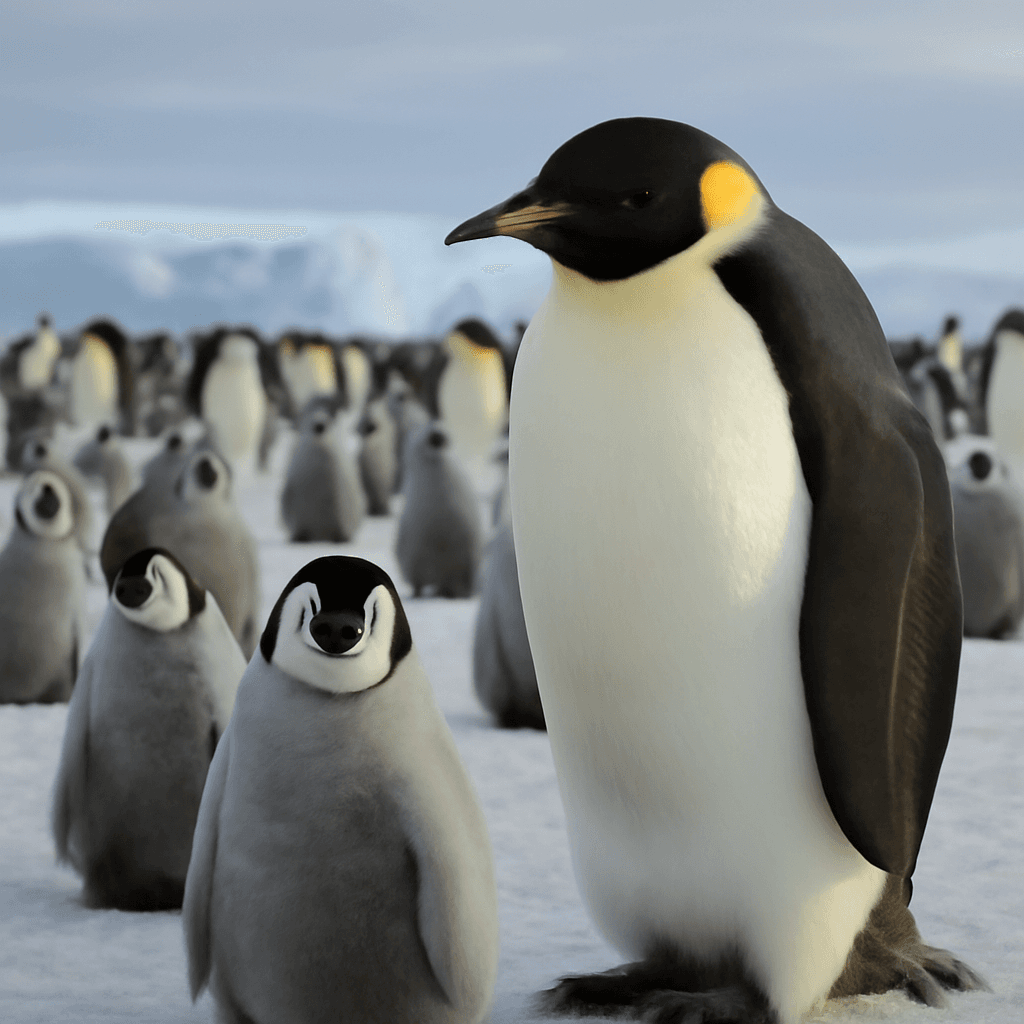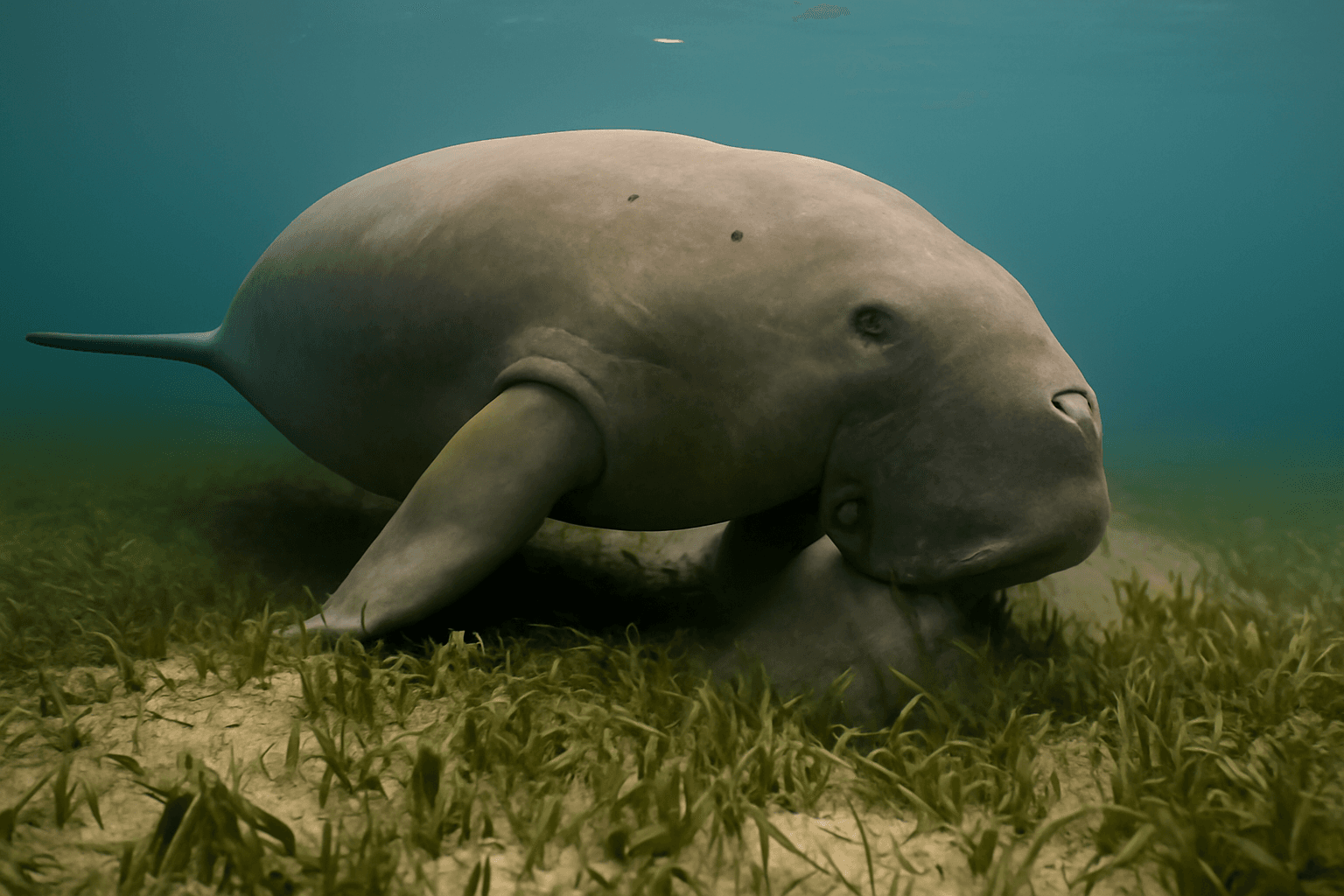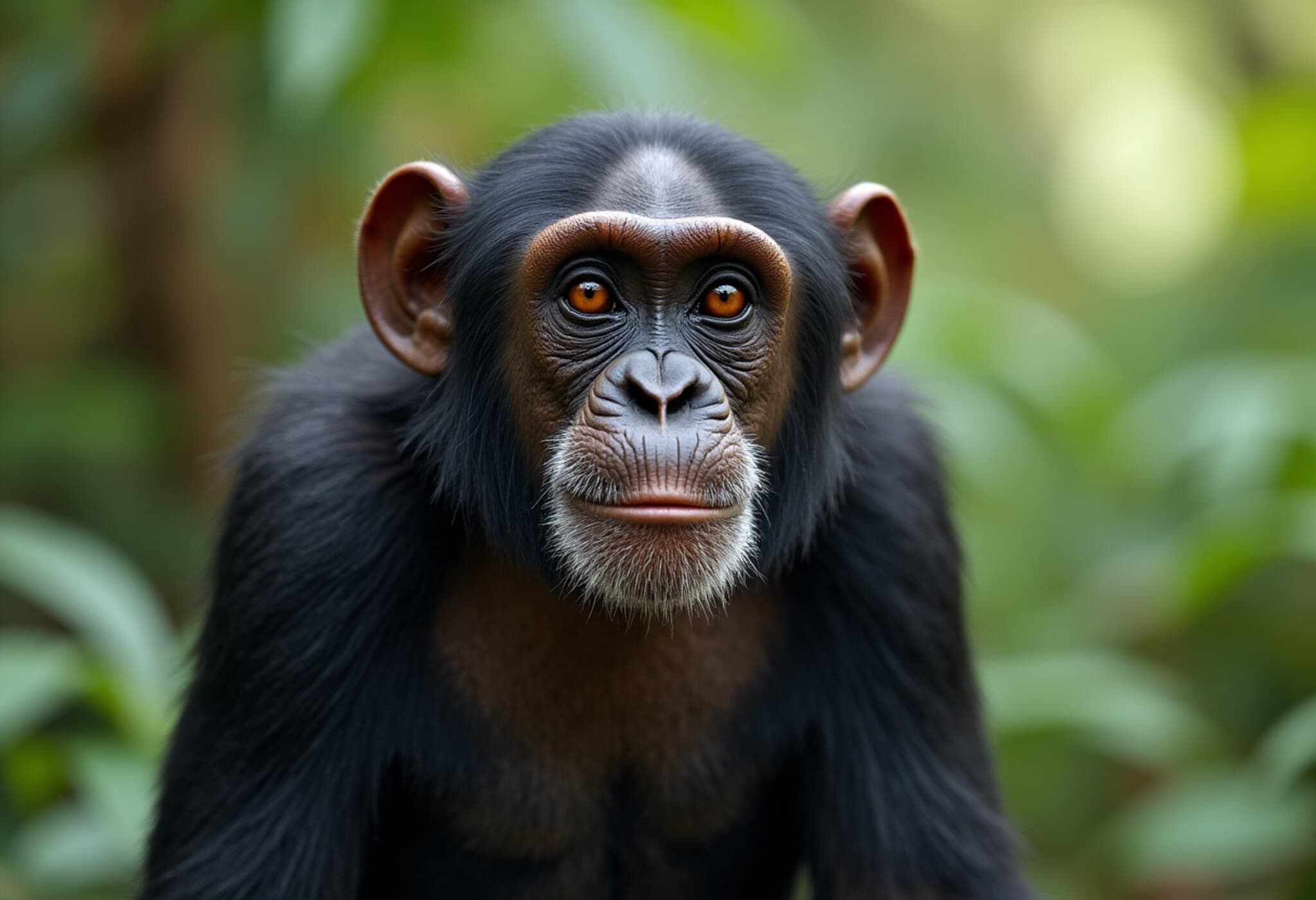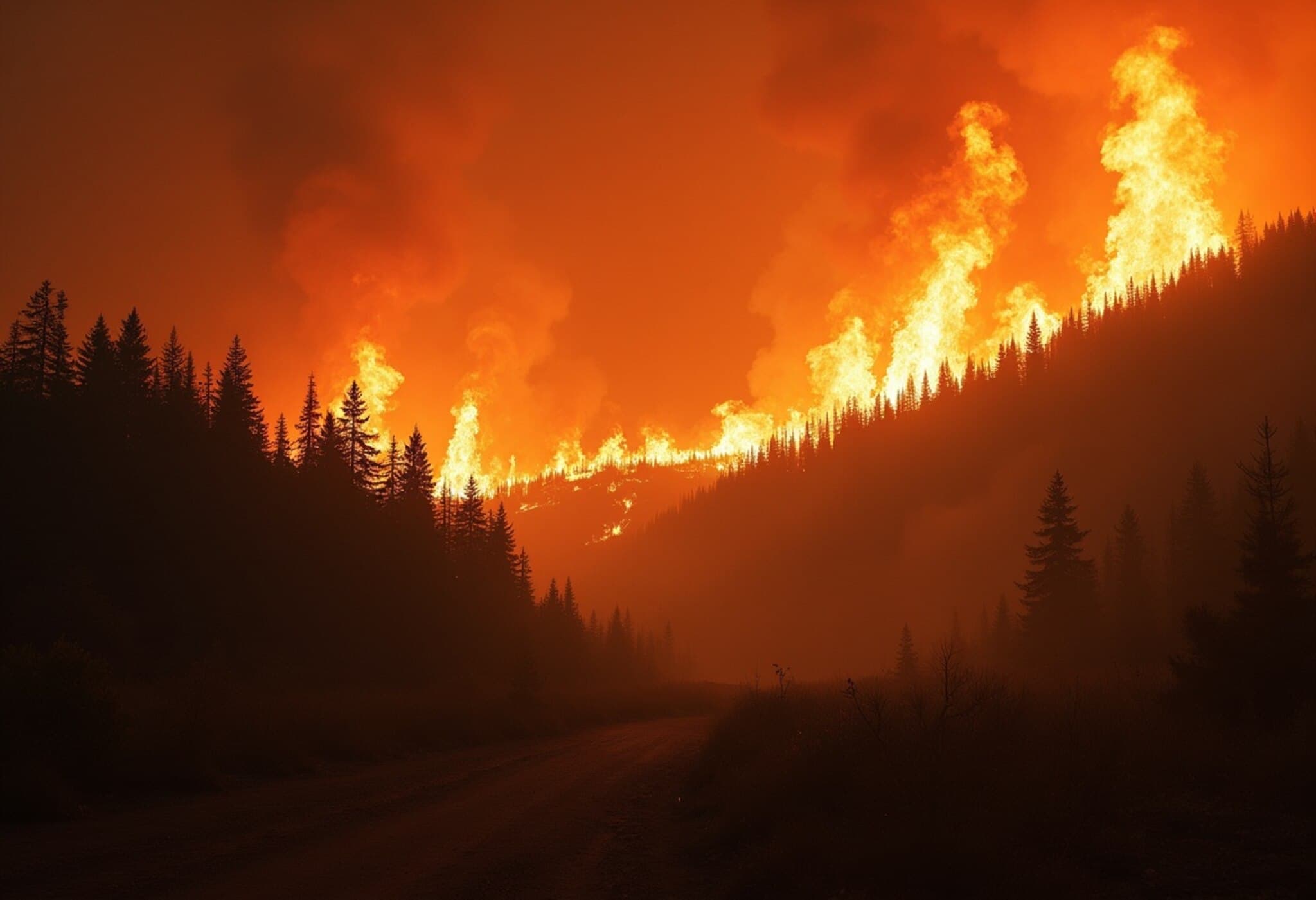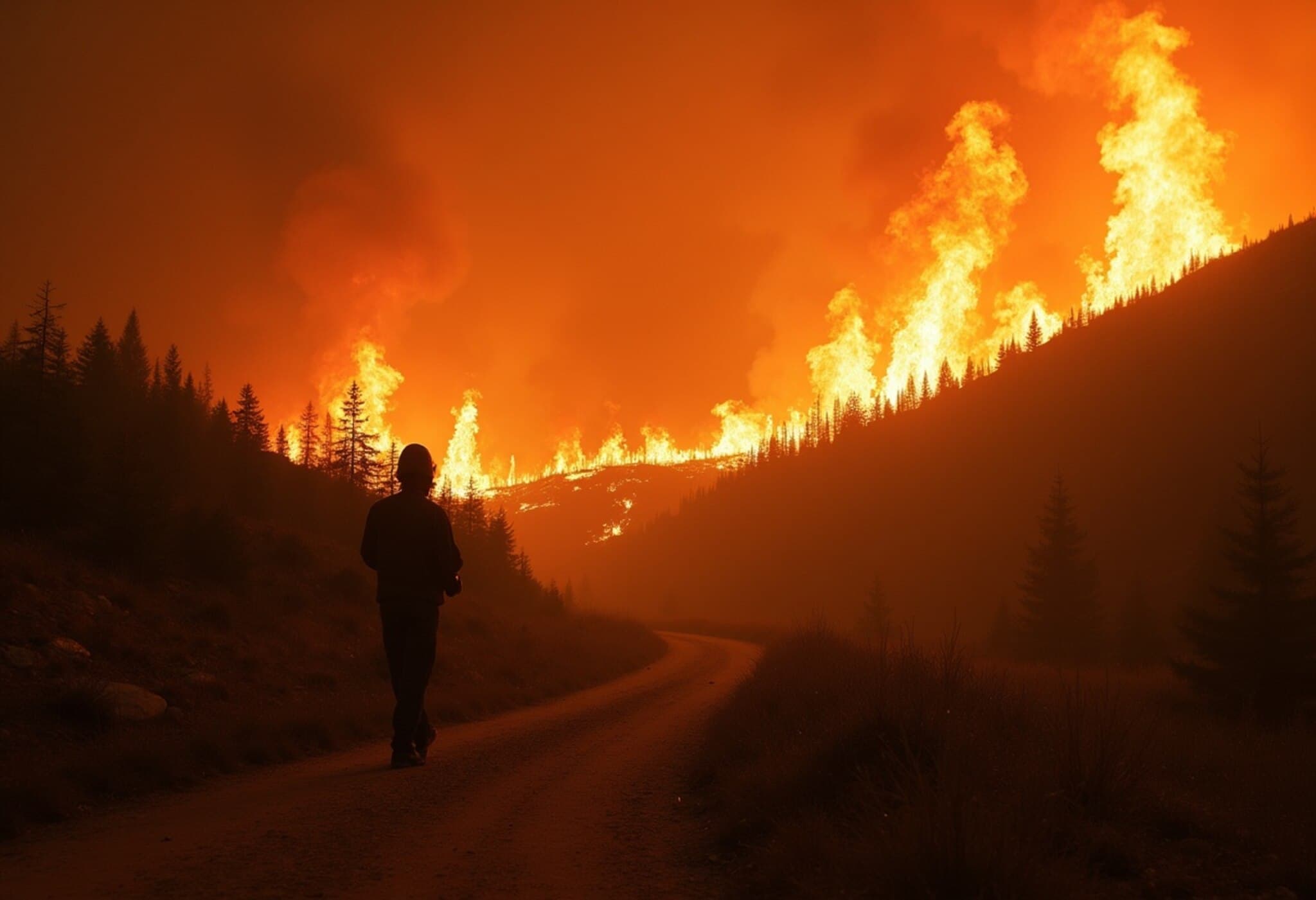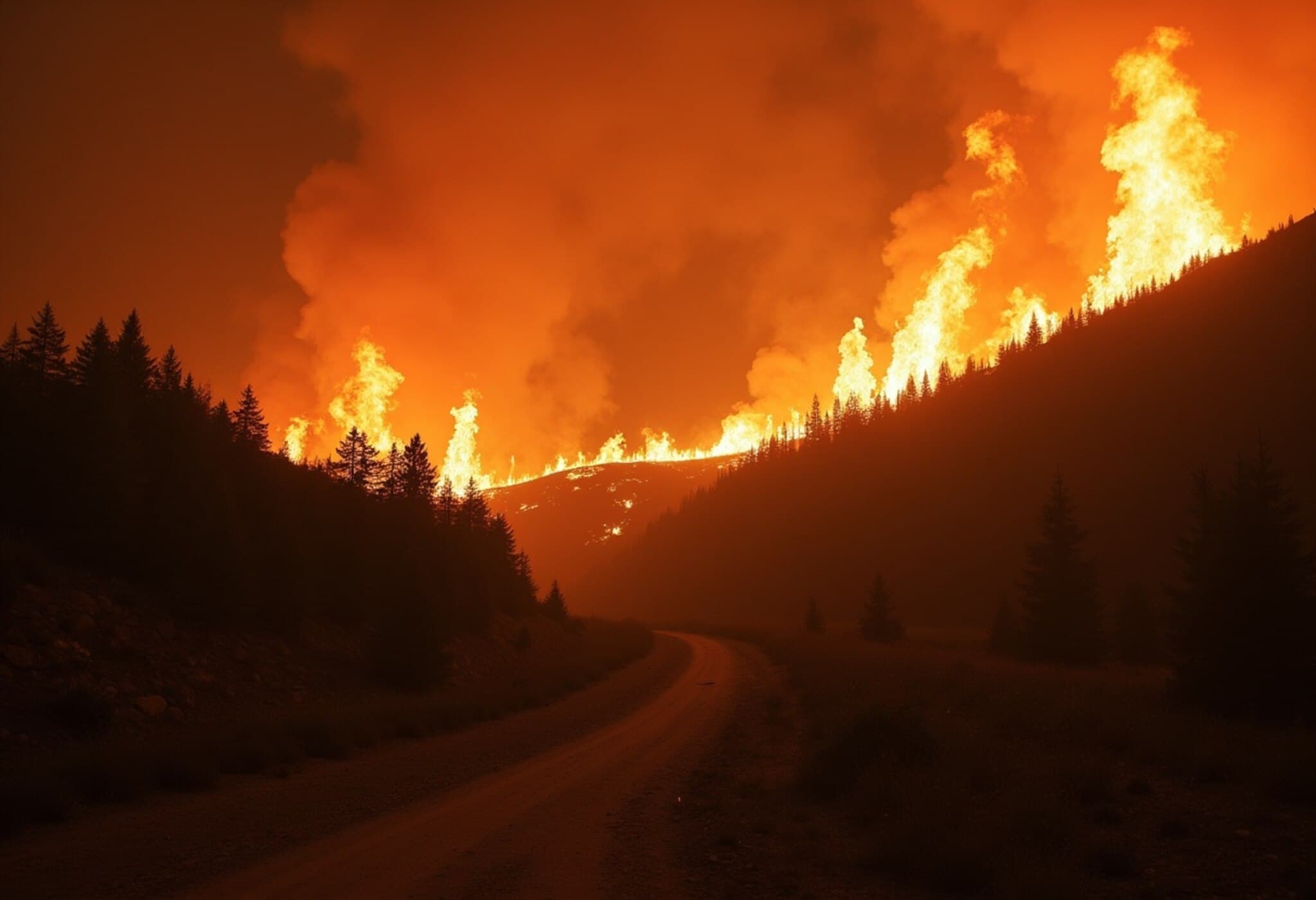Alarming Decline in Emperor Penguin Numbers Uncovered in Antarctica
Emperor penguins, the iconic giants of Antarctica, are facing a steep population drop as climate change drastically alters their icy home. Recent research reveals that these majestic birds have suffered a decline of nearly 22% over the past 15 years – a rate significantly sharper than previous estimates suggested.
Satellite Tracking Reveals Startling Trends
Scientists have been carefully monitoring sixteen emperor penguin colonies located along the Antarctic Peninsula, Weddell Sea, and Bellingshausen Sea. These isolated groups amount to about one-third of the world’s estimated emperor penguin population.
Using satellite technology to observe the colonies from above, researchers uncovered declines that appear 50% worse than earlier, more cautious computer model predictions. This new data paints a worrying picture of population losses driven chiefly by the ongoing impacts of rising temperatures in the region.
Climate Change – The Unmistakable Culprit
The breeding grounds of emperor penguins rely on stable sea ice to support their nests and chicks. However, warming Antarctic waters are causing the ice to thin and become increasingly unstable. As a result, in recent years some colonies have lost entire broods when the ice suddenly gave way, sending vulnerable hatchlings into the freezing ocean prematurely.
Experts confirm that despite no significant threats from fishing, habitat destruction, or pollution, emperor penguin numbers continue to dwindle. The key driver remains the changing climate directly impacting the ice environments the penguins depend on.
What the Numbers Say
- Emperor penguin numbers fell by 22% between 2009 and 2024 in the colonies studied.
- Previous estimates had suggested a 9.5% decline across Antarctica from 2009 to 2018.
- The species currently numbers around 250,000 breeding pairs, all confined to Antarctic regions.
Chick Survival at Risk
The reproductive cycle of emperor penguins is finely tuned to the harsh Antarctic environment. Males incubate eggs through the frigid winter, while females spend weeks fishing to sustain themselves and their offspring. Chicks must develop waterproof feathers by mid-December to survive independently, but increasing ice instability poses a grave threat to their survival.
Looking Ahead: Hope and Challenges
Although scientists hold out hope that emperor penguins might shift further south as their current habitats become less viable, there is uncertainty about how long they can endure even in these more southerly locations. Past computer models projected a near extinction of the species by the end of the century if global emissions remain unchecked. However, the latest findings suggest the situation could be grimmer.
Researchers stress the importance of revisiting existing models to accommodate the new data and to conduct further population-wide assessments. Despite the bleak outlook, there remains a window of opportunity to protect emperor penguins by urgently reducing greenhouse gas emissions.
A Call to Action
The message is clear: while climate change poses an existential threat to emperor penguins, decisive human action can still make a difference. The road ahead might involve significant losses, but meaningful efforts to curb warming could help safeguard the future of this extraordinary species.
Emperor penguins stand as a stark, tangible symbol of the consequences of our changing climate—an emblem of what is at stake if the global community fails to act swiftly.

